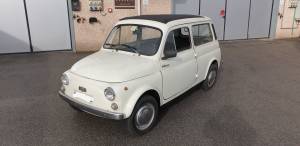- Car
- Autobianchi
- Autobianchi 500 (3 offers)
Autobianchi 500 Classic Cars for Sale
The Autobianchi 500 brings together Italian ingenuity and 1960s–70s flair in a practical, lightweight format. Developed as an enhanced offshoot of the Fiat 500, it cemented its position as a compact family car with characteristic rear-hinged doors, a versatile load area, and the iconic 'Giardiniera' estate form. Well-preserved examples offer a window into period craftsmanship and remain popular at classic car shows and among restoration enthusiasts.
Search results
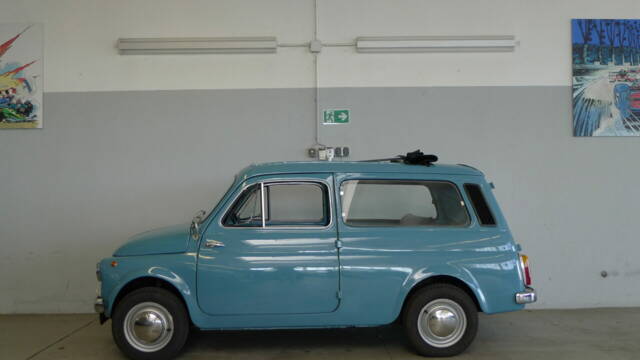
1973 | Autobianchi 500 Nuova Giardiniera
technisch/optisch toller Zustand

1976 | Autobianchi 500 Nuova Giardiniera
CONSERVATA TUTTA ORIGINALE!
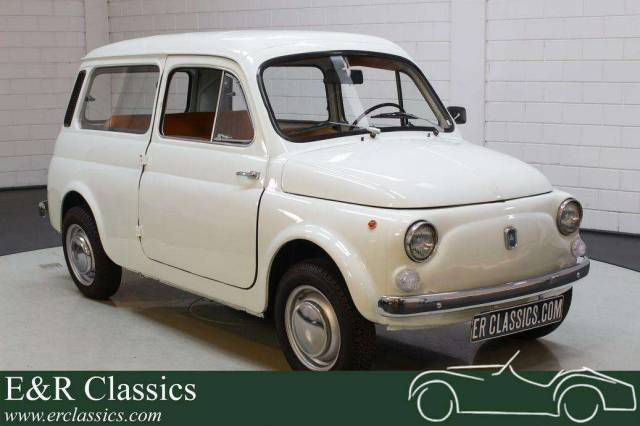
1973 | Autobianchi 500 Nuova Giardiniera
Autobianchi Bianchina Sedan
Autobianchi 500 listing references from Classic Trader
Below you will find listings related to your search that are no longer available on Classic Trader. Use this information to gain insight into availability, value trends, and current pricing for a "Autobianchi 500" to make a more informed purchasing decision.

1972 | Autobianchi 500 Nuova Giardiniera
AUTOBIANCHI 500 Giardiniera 120 ISCRITTA ASI
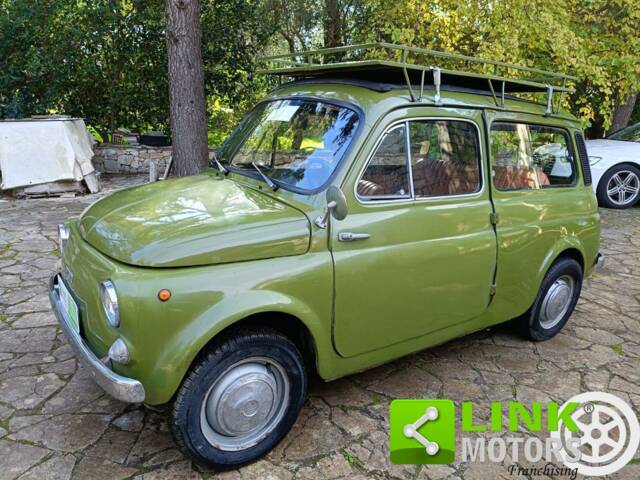
1974 | Autobianchi 500 Nuova Giardiniera
AUTOBIANCHI 500 Giardiniera GIARDINIERA TRASFORMABILE

1972 | Autobianchi 500 Nuova Giardiniera
AUTOBIANCHI 500 Giardiniera 120 ISCRITTA ASI
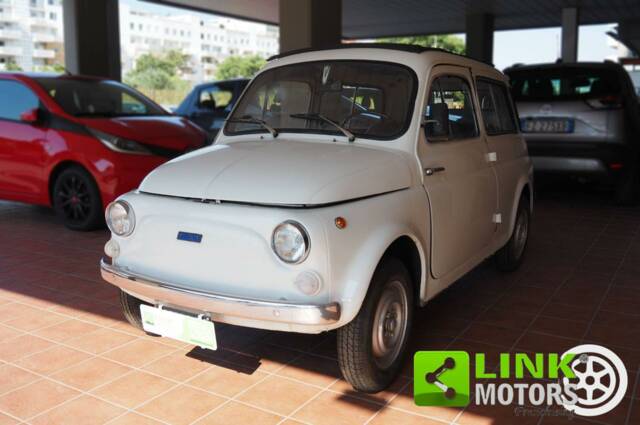
1971 | Autobianchi 500 Nuova Giardiniera
AUTOBIANCHI 500 Giardiniera 1971 PRENOTATA

1970 | Autobianchi 500 Nuova Giardiniera
AUTOBIANCHI Bianchina PANORAMICA
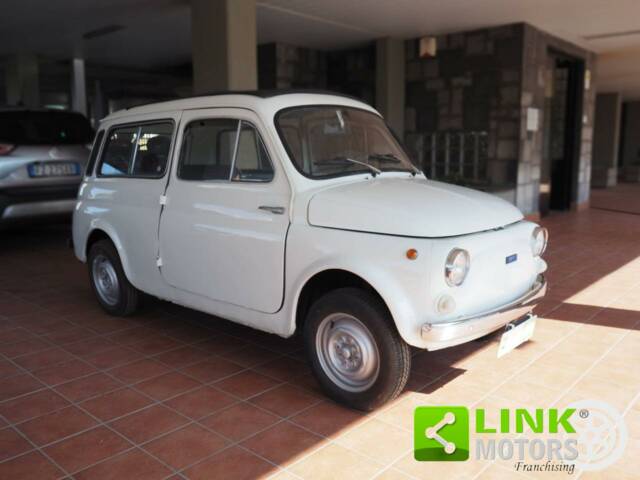
1971 | Autobianchi 500 Nuova Giardiniera
AUTOBIANCHI 500 Giardiniera ++Finanziabile++
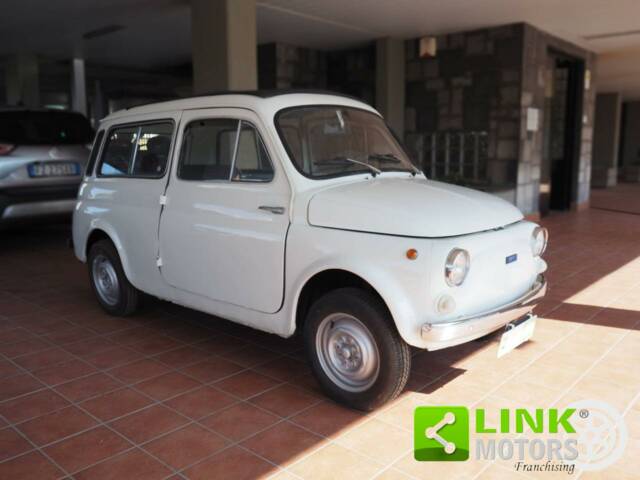
1971 | Autobianchi 500 Nuova Giardiniera
AUTOBIANCHI 500 Giardiniera ++Finanziabile++
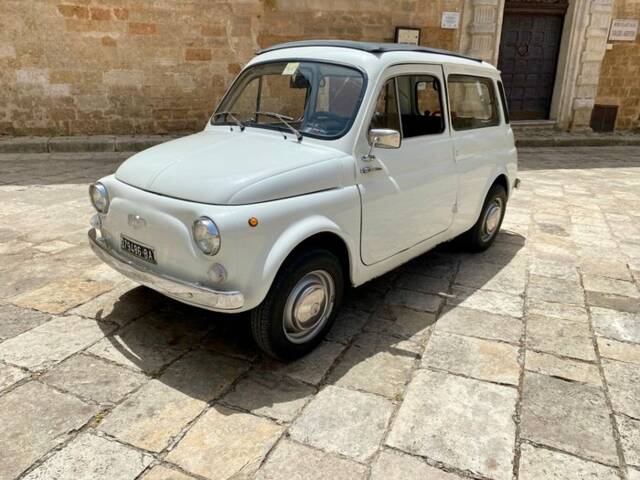
1973 | Autobianchi 500 Nuova Giardiniera
Autobianchi - 500 Giardiniera - 1973

1971 | Autobianchi 500 Nuova Giardiniera
AUTOBIANCHI 500 Giardiniera ++Finanziabile++
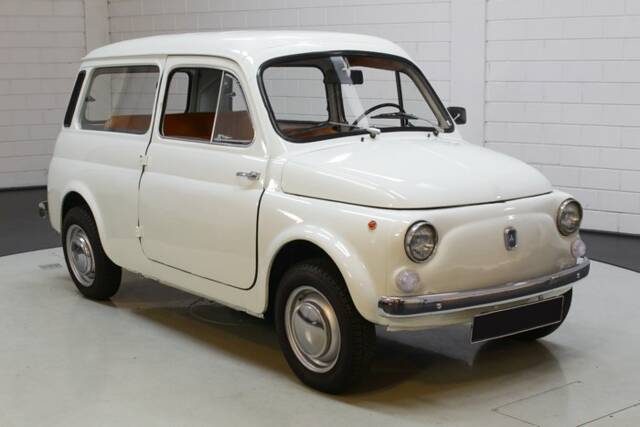
1973 | Autobianchi 500 Nuova Giardiniera
Autobianchi - 500 Bianchina Giardiniera - 1973

1976 | Autobianchi 500 Nuova Giardiniera
History of the Autobianchi 500
The Autobianchi 500, manufactured from 1957 to 1977, originated as a collaboration between Autobianchi, Fiat, and Pirelli. Conceived as an upgrade over the standard Fiat 500, the Autobianchi versions featured distinct bodywork and configuration options, appealing especially to families and the working class in postwar Italy. The car debuted in Milan in 1957, quickly gaining attention due to its practical layout, rear-engine design, and refined details like suicide doors and oversized loading space in the estate-version (Giardiniera).
Through the following years, Autobianchi tailored the 500 for both utility and leisure: modifications included increased load space, improved interior comfort, and mechanical robustness tailored for everyday use or light commercial purposes. Production continued until 1977, after which the model was succeeded by the Autobianchi A112. Its popularity and longevity are underscored by about 330,000 units produced, including highly sought-after cabriolets and estates.
Model History
The Autobianchi 500’s roots are in the Fiat 500 platform, sharing many core mechanical elements. Preceded by earlier Autobianchi small cars derived from Fiat designs, it was produced in a broad range: from the classic two-seater coupé with folding roof, to the 500 Giardiniera estate and commercial van models. Special cabriolets with rear-hinged doors (Trasformabile) and the 'Panoramico' estate further expanded the lineup, adapting the basic platform for various tastes and uses. By the mid-1970s, changing automotive norms and consumer preferences led to the phase-out of the 500, replaced in the Autobianchi portfolio by the innovative A112. In many ways, the Fiat Panda was viewed as the spiritual successor to these flexible, space-efficient runabouts.
Highlights of the Autobianchi 500
Distinctive qualities of the Autobianchi 500 include its compact size (weighing between 500 and 585 kg), rear-engine, rear-wheel drive layout, and practical hatch. The Giardiniera variant delivered exceptional utility through its flat load floor, rear-hinged tailgate, and ‘sogliola’ (flat) engine, which maximized cargo height. Well-chosen design details, like the suicide doors and sliding or pop-out window mechanisms, contributed both style and substance.
In Germany, Autobianchi 500 Type 120 represents nearly 100% of Autobianchi supply and demand among classic listings, illustrating its dominance and enduring interest compared to other Autobianchi models and among classic Fiat 500 derivatives.
Technical Data
Special Editions and Collectible Models
Noteworthy Autobianchi 500 variants include the Cabriolet with suicide doors (Trasformabile), the estate Giardiniera (with flat engine and expanded cargo area), and commercial vans with full-metal rear conversion. French market versions adopted unique names: 'Eden Roc' for Trasformabile and 'Lutèce' for Berlina. Today, original equipment such as sliding windows, fabric folding roofs and rare production features (e.g., historic registration or preserved badges) elevate specific vehicles’ desirability.
Weak Spots and Common Issues
Prospective Autobianchi 500 buyers should be vigilant about corrosion, particularly in the floor pan and bodywork—more prevalent for cars stored in damp conditions or from northern climates. Key mechanical aspects requiring attention include the engine’s carburettor, gaskets, electrical system, and potential oil leaks. Many surviving cars undergo complete or partial restoration, with parts and expertise widely accessible thanks to high production numbers and interchangeability with Fiat 500 components. Vehicles from southern Europe (e.g. Italy) tend to be better preserved due to milder, drier weather. Key restoration tasks often involve bodywork, engine overhauls, and replacing seals, with documentation and original registration plates adding further value.
Engine and Performance, Transmission and Handling
The Autobianchi 500 relied on a rear-mounted, air-cooled two-cylinder engine. Early models featured 15 hp (479 cm³), later upgraded to 17.5–22 hp (499–499.5 cm³). The innovative 'sogliola' (flat) engine layout in the Giardiniera variant enabled greater cargo space and allowed a true flat load floor. Power was routed to the rear via a four-speed manual transmission; modest weight yielded lively, if not fast, acceleration with maximum speeds near 90–95 km/h. The independent front and semi-trailing rear suspension delivered surprisingly good ride comfort for a car its size, with modifications to springs and dampers in estate and van models to accommodate higher payloads.
Popular models:
- Giardiniera/Estate: Noted for utility and rare rear-hinged doors
- Trasformabile (Convertible with suicide doors): Sought after for their unique door and roof configurations
- Panoramico: Offered a blend of utility and compact size
- Sport: Extra power, aimed at enthusiasts undefined
Interior, Comfort, Exterior and Design
The Autobianchi 500’s visual character sprang from rounded forms, compact proportions, and practical details. Designer Luigi Rapi’s influences can be seen in the restrained ornamentation: clean chrome bumpers, minimalist dashboards, and utilitarian interiors with space maximisation. Select models featured characteristic sliding or pop-out windows, foldable fabric roofs, and distinctive heritage paintwork.
Original Giardiniera estates included practicality-focused extras, such as easily accessible loading space, roof-hinged tailgates, and varied seat trims. Customisation was further enabled through optional accessories: retrofitted seat belts, additional mirrors, period-correct child seats, and factory or aftermarket sun visors and ashtrays. Many survivors retain their original, simple equipment, now highly prized by restoration purists.
Other Features
The Autobianchi 500 enjoys historic status in countries like Switzerland, where the 'Veteranenfahrzeug' distinction is possible, and France, with the availability of 'historic' plates. Registration for road use generally requires a technical (MOT or TÜV-style) inspection. Models with complete original documentation, period license plates, or unmodified factory equipment are attractive in the classic scene. With good supply of spare parts, most maintenance remains straightforward for enthusiasts. The 500 regularly appears at specialist dealers, online auctions, and classic car events, epitomising the Italian 'Dolce Vita' spirit and capturing automotive nostalgia of the 1960s and 1970s.
Summary
The Autobianchi 500 excels as a classic family and utility car, retaining strong interest among collectors for its Italian roots, clever engineering, and diverse variants. Leading the Autobianchi market in both supply and demand, it offers a rich choice for buyers, with well-documented models, available parts, and vibrant community support. Its ease of restoration, period-appropriate accessories, and unique historical footprint ensure continuing appeal for classic car connoisseurs.

